Join US
Do you want to build the fantasy world you’ve always dreamed of?
Subscribe to receive notifications when a new post is out and for our monthly newsletter!
You can always unsubscribe anytime.
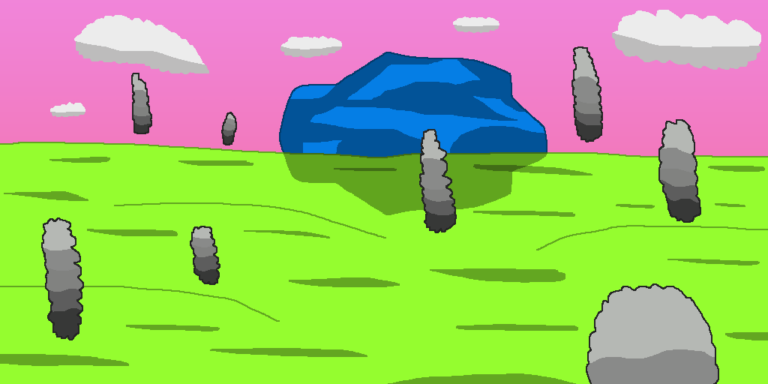
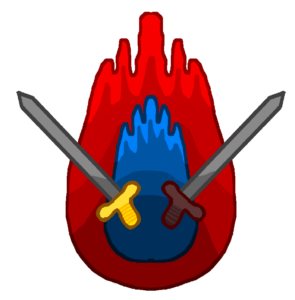
Imagine you’re smack dab in a fierce, epic battle between two great armies on a fantasy battlefield. Chaos is everywhere as you hear the steady sounds of metal clashing and soldiers screaming. At times, you find it difficult to to distinguish between friend and foe. That is the magic of a fantasy battle.
Battles in fantasy are a genre staple, and for good reason. They are one of the most consequential parts of the story, for the outcome will drastically affect what happens next. Moreover, they’re filled with suspense since your readers have no idea which side will prevail or who will fall in battle which makes for riveting drama.
Before a battle begins, you need to set it up and do so properly. This gives context to your audience, making them understand why what’s about to happen. You can even start setting it up several chapters in advance and ease your readers into it!
A fantasy battle is a significant part of the plot which means it’s something that you, the writer, cannot go into willy-nilly. A great deal of planning and thought needs to go into creating a battle, for there’s so many moving parts that you must take into account. Readers know a battle is inherently chaotic but they still expect it to have a dimension of coordinating and strategy involved and that’s where you come in.
At some point, the battle will come to an end. Thus, you want to end it in a way that makes sense and help prod both the story and the audience onto the next part. In other words, you want the ending to be worth the cost, both in terms of the plot and the characters who fell in battle.
This is the twenty-eighth article in the writing a fantasy book series. If you wind up liking this article and want to read more, you can find them on our blog page.
A fantasy battle is a major centerpiece of the story. However, before it can actually commence you need to set the stage. This is an important step, not one you should do so lightly, since there’s a lot that goes into setting up a battle. If you haven’t already done so, do it when you’re outlining your novel since you’re already planning out the plot.
First and foremost, different characters have different agendas and are willing to do whatever’s necessary to achieve their goals. While many use going to war as a last resort after they’ve exhausted all diplomatic options, there are some who go straight to war to get what they want. When in the planning stage, think about the major players on both sides and consider what they have to gain from battle since that will be what compels them to make that move.
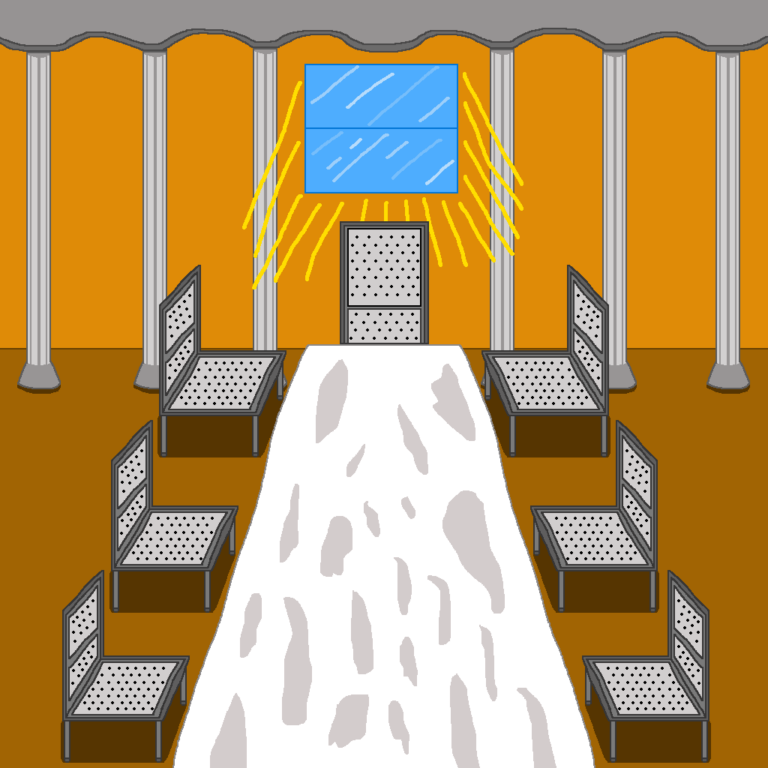
A battle is fought over many different reasons. Things like honor, revenge, or a lust for power are several examples of why people go to war. Show your readers the reasons why so they understand the thought process of those who will be involved in the brawl. This gives them something to root for (or against)!
Both sides strategize over how best to use the tools at their disposal to achieve victory. They have to consider how many forces they have under their command at that particular moment in time, what areas are favorable to fight on, natural obstacles like rivers, and so on. They only want to strike when it benefits them.
Choosing the right fantasy battlefield matters a great deal. Strategy is key here. This is where you have to get into the mind of both sides and think about which areas you want to attack or defend from. Many major battles take place in or near prominent cities or fortresses or on terrain that’s good for one side but bad for the other. Ideally, you should have already created a map of your world so you have a clear idea of what areas are favorable for an armed conflict.
Finally, don’t forget about the army’s traveling speed. Most of the time, one army marches from a distance away to attack a stronghold occupied by an opposing force which means the soldiers won’t be in prime fighting form. Armies move slow since it’s not just comprised of men and their weapons, they have camps/tents and perishable food they carry. If you plan on having an army travel a long distance to their target, don’t just have it appear overnight. Feature some scenes where it’s moving and you can sneak some scenes where their commanders are discussing their options about the upcoming battle.
Now that you’ve set the stage and both armies are standing on the fantasy battlefield, it’s time for the action to begin. But before you can even start writing one word about it in the novel, you should have planned it all out in the outline. There’s a whole lot at play here and trying to keep it all in your head will be difficult at times.
A battle is broken into three phases: the beginning, the middle, and the end. The beginning is where both sides make their first moves and the action starts to quickly ramp up. Moving into the middle, you see more sophisticated moves and countermoves as fortune begins tilting towards one side. And finally, the end is where something so significant occurs that it completely changes the tide, causing the losing army to flee to avoid being completely routed.
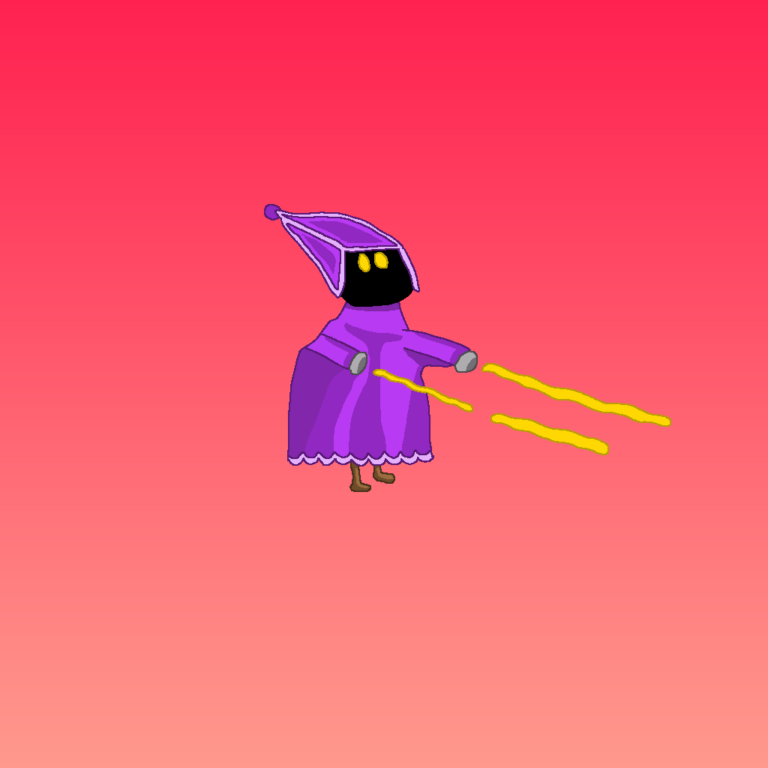
There are many undercurrents in battle. The personalities of the Commanders is a consistent one on the fantasy battlefield as they continually gauge how their forces are faring and issue orders. The frame of mind of the soldiers fighting is important as well since some fight out of honor and duty whereas others fight out of hatred or envy.
Their frame of mind will drive their fighting spirt dramatically. The weather is another one since it can fundamentally affect one side or another. A stormy day may be great for the army defending a castle but it can equally be bad for one attacking it since it’ll be constantly peppered with rain and the flashes of lightning can temporarily make them unable to see.
There are natural ebbs and flows. A fantasy battlefield isn’t always chock-full of action every moment. There’s times when an army is repositioning itself to make a move or the Commander is waiting for more information. This occurs during a lull in the fighting. The action ramps up when an army launches a strike or both opposing Commanders face each other to fight to the death. The slowdown in battle gives readers (and the characters) a bit of breathing room before the next action occurs.
Which all three phases of a battle are important, the ending is far more since it dictates what happens next. Battles are central stages of a story but how they end sets up the tone for what comes next. The ending of a major battle ripples all over the plot as different characters have different reactions.
A battle can end in three ways. Either the attacking or defending army wins or it winds up being a draw. When fleshing out the battle, think about how you intend for it to end. That way you have a goal and you can work towards it in a way that flows naturally. The ending needs to not only feel like a natural conclusion to an intense series of scenes but also a crucial part of the tale. You have only one opportunity to stick the landing so make it count!
The battle ends right after the climax where something so significant happens that it alters its trajectory. The death of the Commander on the fantasy battlefield or the unexpected arrival of an army are just two examples of the climax. These significant events usually cause an army to scatter, lest it be routed. It’s important to include an event like this close to the ending since it’ll impact not how it ends but what comes next.
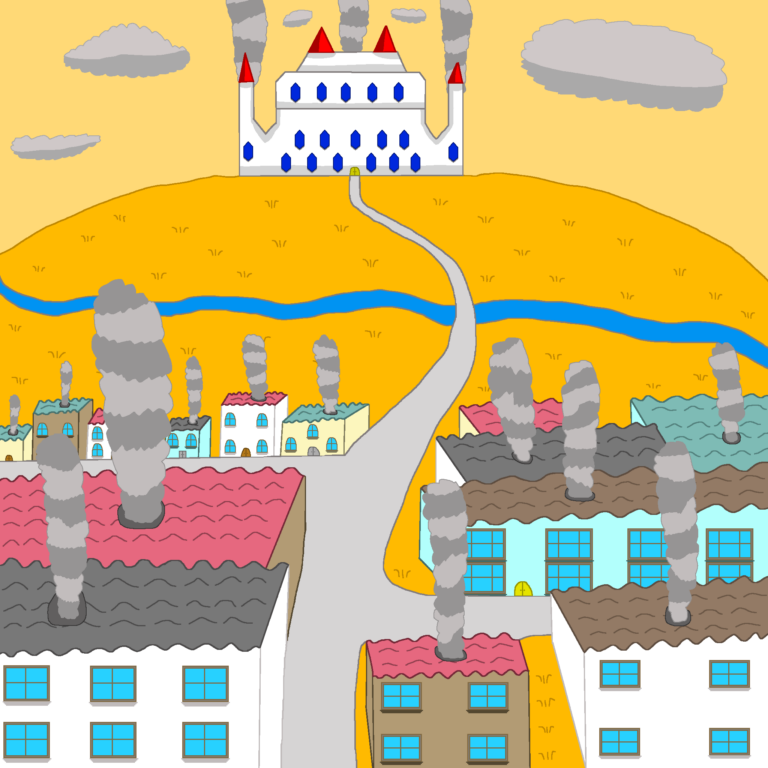
It’s rare for a fantasy battlefield to have no deaths. Whenever major characters are involved in the fracas, there is a chance they can perish which only heightens the tension. Typically such deaths occur in the latter half of the brawl, either before, during, or after the climax and their demise can damper the morale of their allies while emboldening that of their foes.
Just because a battle’s over doesn’t mean its effects are done. Besides the demise of soldiers and characters, many soldiers suffer injuries, some that take a long time to heal. The land itself is ruined due to all the dead strewn around plus other effects like fire. Another effect of a battle is how characters plot their next moves based on the outcome which means the story is entering the next part, one more uncertain and fraught with peril.
The bottom line is, the ending needs to be fitting to showcase the sacrifice and cost in terms of both the plot and the characters while moving readers towards the next part of the story.
Battles in fantasy are a spectacle to read and watch. Who doesn’t love it when they see two massive armies running towards each other, intending to destroy each other? And the ensuing chaos that happens afterward where soldiers on both sides are fighting to the death? Who doesn’t cry when a beloved character falls in battle, forever changing the surviving characters?
A fantasy battle is an enormous investment in regard to the characters and the tale. As such, it becomes a major setting for the story. That means a great deal of planning needs to go into it to make it a worthwhile read for your audience. It begins beforehand, when you’re setting it up.
After you’ve moved everything into position on the fantasy battlefield, it’s time to let the fight commence. You have a lot of moving parts to contend with. It’s your responsibility as a writer to keep tabs on all the relevant ones while providing the highest of the highs and lowest of the lows of the drama of the fantasy battlefield to your readers.
You want to wrap it up in a way that’s fitting and establishes the tone of what happens next. War comes with many costs and the ending of a battle should show the cost of both victory and defeat.
You can’t go wrong with bringing a battle into your fantasy story!
Let me know what you think in the comments below. (Note: this is an account-exclusive feature).
If you don’t have one, you can register here. It only takes a few moments of your time!
Liked this article and want to subscribe? All you have to do is fill out the form below and that’s it!
Thanks for reading this and until the next time,
Sunfire
Subscribing means you receive:
You can always unsubscribe anytime.
Do you want to build the fantasy world you’ve always dreamed of?
Subscribe to receive notifications when a new post is out and for our monthly newsletter!
You can always unsubscribe anytime.